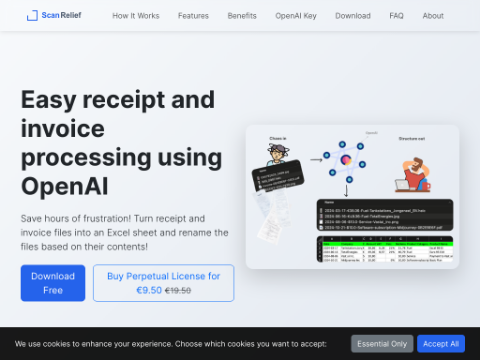A small team of researchers from the United States and the United Kingdom has successfully restored the code for ELIZA, considered the world's first electronic chatbot, originally developed six decades ago. The code was written by the late MIT professor Joseph Weizenbaum in the 1960s, and the findings have been published on the arXiv preprint server.
In 2021, MIT archivist Myles Crowley stumbled upon a printout of the ELIZA computer code among Weizenbaum's belongings. Upon verification, it was confirmed to be the majority of the original code penned by the professor. At that time, the term "chatbot" did not exist, and Weizenbaum envisioned the program as an electronic therapist.
ELIZA was designed as a request/response tool where users would ask simple questions and receive brief answers along with follow-up questions, mimicking conversations with human therapists. Although the original ELIZA code was thought to be lost, it had actually been written in Lisp and disseminated via ARPAnet, eventually reaching home computers and becoming a favorite among tech enthusiasts.
After locating the code, the researchers worked diligently to get it running. Since ELIZA was created for an obsolete operating system, they first needed to develop a compatible environment. Additionally, the code required cleaning and filling in missing functions that were referenced but not included in the printout.
Last December, the team managed to run the ELIZA program. As expected, it functioned as a request/response tool and performed better than anticipated. While it falls short compared to modern large language models (LLMs), the researchers found this endeavor fascinating.
If users input numbers, the program crashes, which is a known bug. To preserve ELIZA's authenticity, the restoration team chose to leave this flaw intact. They believe ELIZA holds significant historical value as an early example of an electronic chatbot and an important part of computing history.








